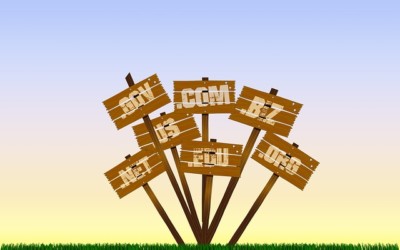The list of goods and services you submit in your trademark application defines the extent of your rights.
We get a large number of clients that have done a national trademark application themselves but want help in protecting their trademark in the EU. Almost without exception, we find that the original list of goods and services is too narrow and thus propose a more extensive list.
Here’s what happened
A large real estate agency rebranded recently. Following the rebranding, they filed a trademark application for their new logo. This is the list of goods and services they included in the application:
Class 36 – Real estate affairs
What’s the problem with this list? Even if the term they chose is correct, it is still very narrow. Here is a more detailed list of what real estate agencies do
- They draft marketing materials for the properties they have for sale (class 35).
- They take photos (class 35) or contract professional photographers to take photos of the properties (class 35).
- They style the apartments (class 41) or contract a stylist to do that (class 41).
- They host and operate a platform that displays all properties they have for sale (class 42).
- They help with organizing funding, usually in cooperation with a bank (class 36).
- They advise on various legal issues, such as property taxes and ownership questions (class 45).
- They prepare legal documents (class 45).
- They represent a seller or buyer in contract negotiations (class 45).
- They help their franchisees with various business (class 35) and legal aspects of their businesses (class 45).
Almost every type of business can be dissected similarly.
On the other hand, those are all part of the normal “real estate agency” operations. Yes, a typical real estate agency does all those things as part of their normal operations. You could even say that they are inherently included in the real estate agency’s services and that they are not “separate” services. That’s true as well.
The problem of defective (broad/imprecise/non-specific) classification
In real life, trademark infringements rarely arise when a direct competitor adopts a similar trademark. It is more common that a company in a different, but somehow related area of business adopts a similar name, often by accident. If the real estate company protected their trademark only with respect to “real estate agency”, it would have a hard time preventing a photo studio from using a similar name to take stylish photos of houses. It could even be that the photo studio specializes in taking photos of houses that are for sale. Photography and real estate agencies are not similar services, but in practice, there might be instances where they come close. In real life infringements happen “on the fringes”, and a poorly drafted list of goods and services is usually the biggest obstacle in taking action.
So what happened to that large real estate agency company? They established a streamlined online service for consumers who were interested in selling their house without the use of a real estate agent. The consumer could buy individual parts of traditional real estate agency services, such as making a sales brochure or preparing legal documents. The idea was that the consumer only gets what they need without having to pay for the whole service. While the idea is good, the service was discontinued after only some months. Selling these individual services were clearly not real estate agency services. The consumer was by choice not getting a real estate agent to handle the sale. Rather, the company was selling marketing services, legal services, photography services, and so on. So they were selling services other than what the registration covered.
Conclusion
A poorly drafted list of goods and services is the most common problem we see in trademark applications. A poorly drafted list doesn’t prevent your trademark from being registered, but it might prevent you from taking action if someone infringes on your rights.



